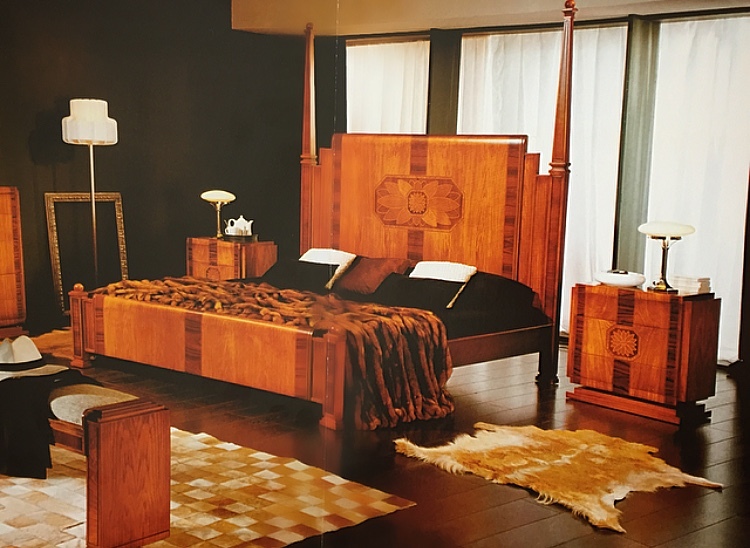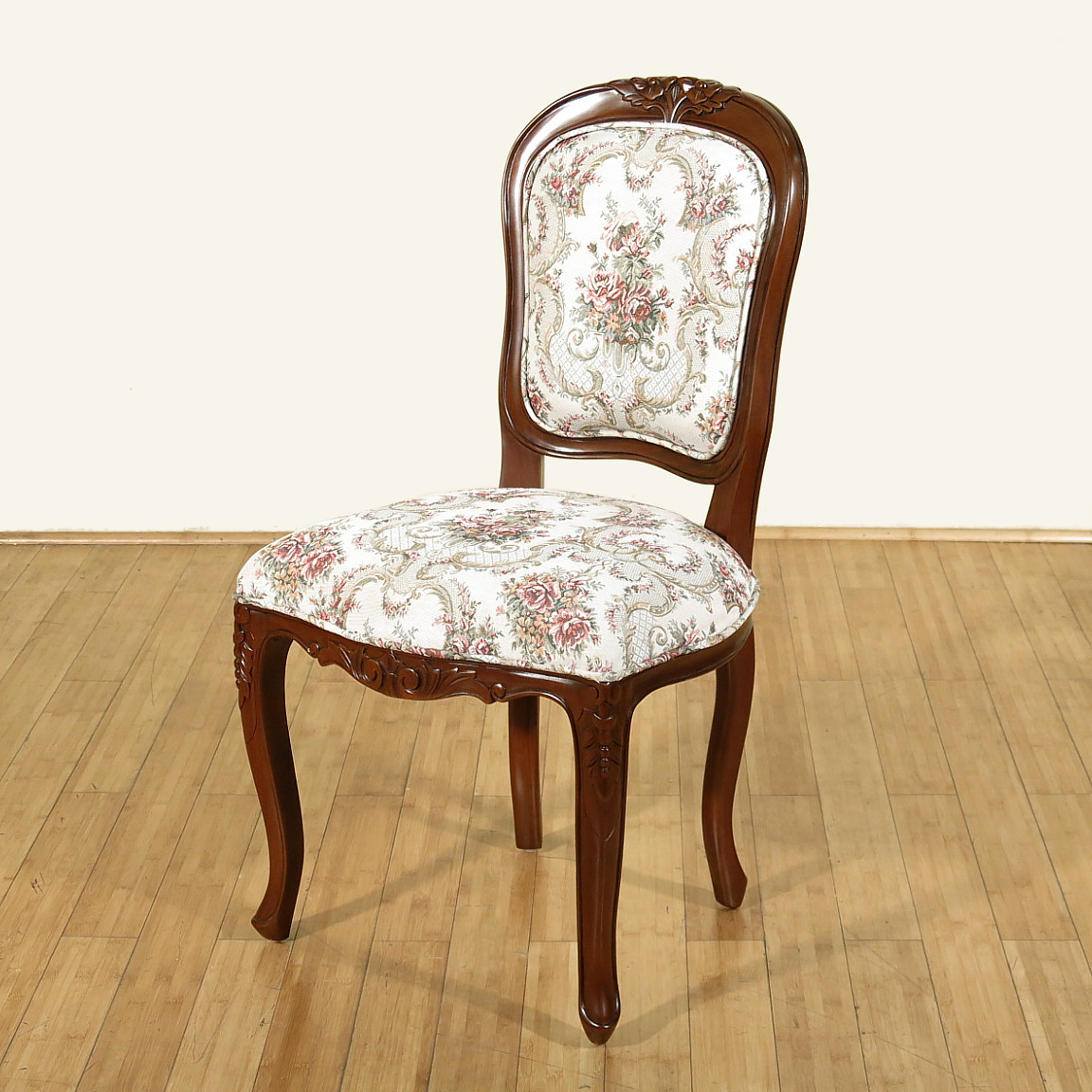What is Combination Construction?
Posted by Mahogany Millworks by Design on 10th Feb 2020
Combination construction (or combination core) is a process that involves veneers and different cores made of various layers of MDF, particleboard, hardboard, or others. This type of construction is used for projects needing consistent flatness and has good ability to hold screws but is generally cheaper (thus, less durable).
Veneer
A veneer is a thin strip of hardwood cut in a specific manner and glued to a panel typically made of inexpensive wood, particle board, or MDF. Woodcutters slice and peel tree trunks or cut out flitches (large rectangular blocks) to make veneer layers; they cut through the tree’s growth rings at different angles to achieve desired grains and figures.
MDF vs. Solid Wood
Medium-density fiberboard (MDF) is inexpensive compared to plywood, not as hard, and prone to sagging under pressure. MDF interacts horridly with moisture, leaving the material weaker for several reasons. Solid wood, on the other hand, is lumber that has been harvested and fashioned into solid slabs unlike plywood and MDF.
MDF is an engineered wood product, composed of hardwood and softwood residuals. Broken down into fine fibers, it is combined with wax and a resin binder. The materials are formed into panels by applying intense heat and pressure. MDF is stronger and much different than particleboard because no sawdust is involved in construction. Composed of separate fibers, MDF is much denser than plywood. In fact, MDF can be a solid substitute for normal plywood building applications.
Plywood, MDF, and veneers are cost-effective and sometimes more practical, but solid wood furniture is matchless when it comes to beauty, durability, and longevity. Common types of solid wood are mahogany, cherry, oak, ash, birch, maple, walnut, pine, poplar, fir, cedar, redwood, and teak. Fine furniture built from solid wood guarantees to last not only a lifetime but generations of lifetimes.


